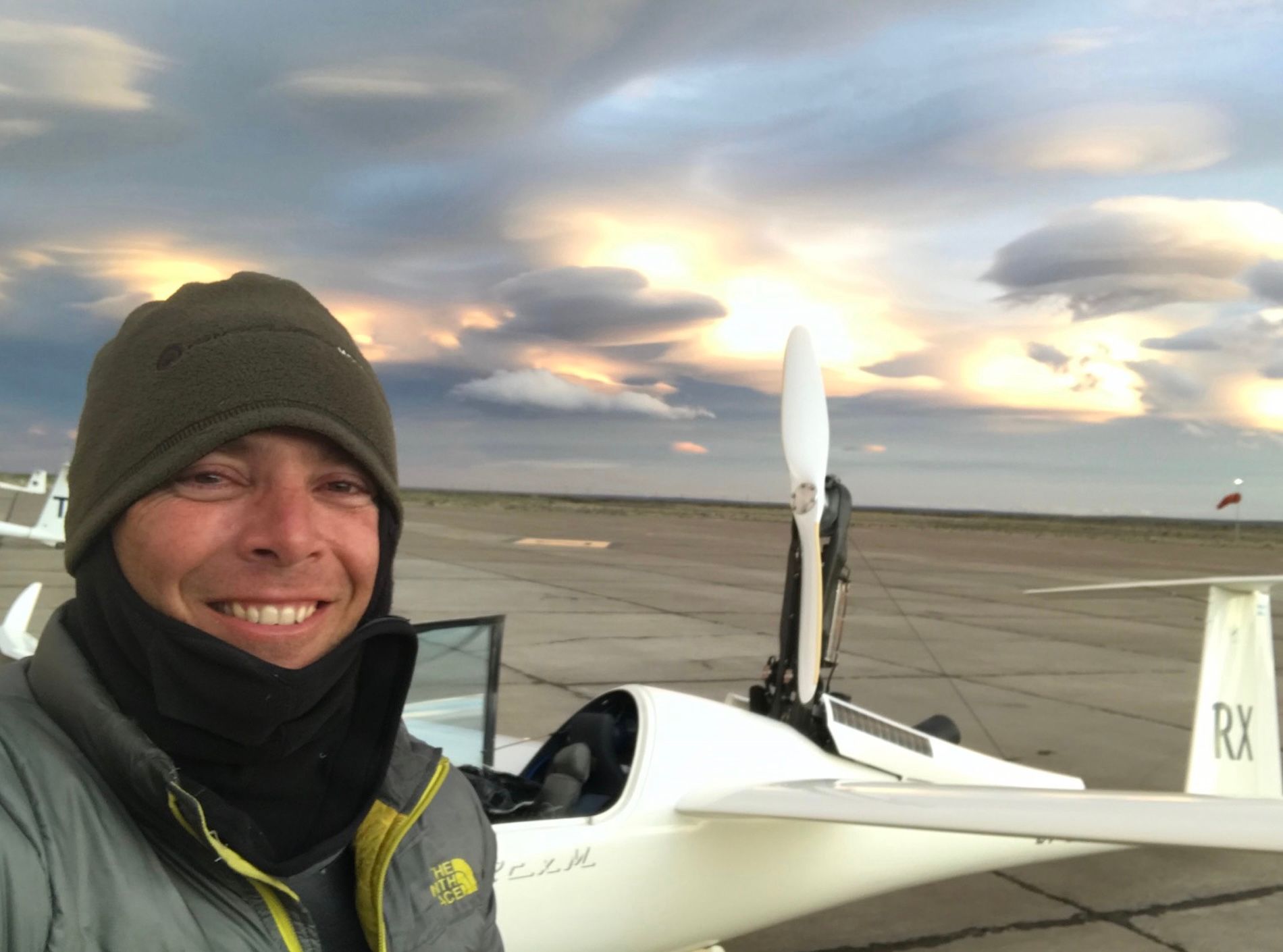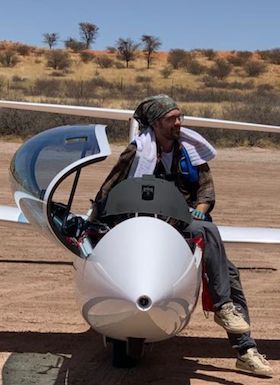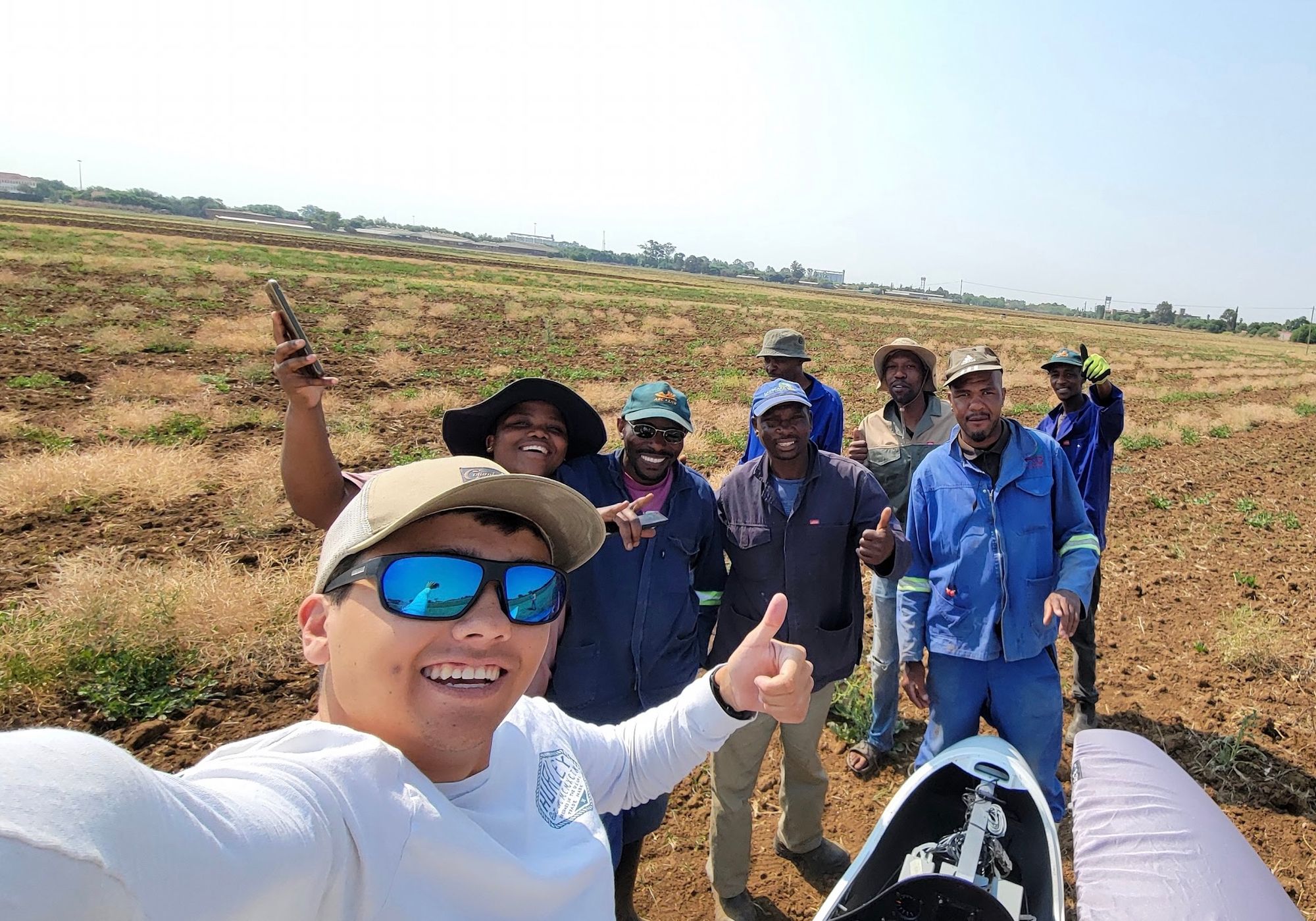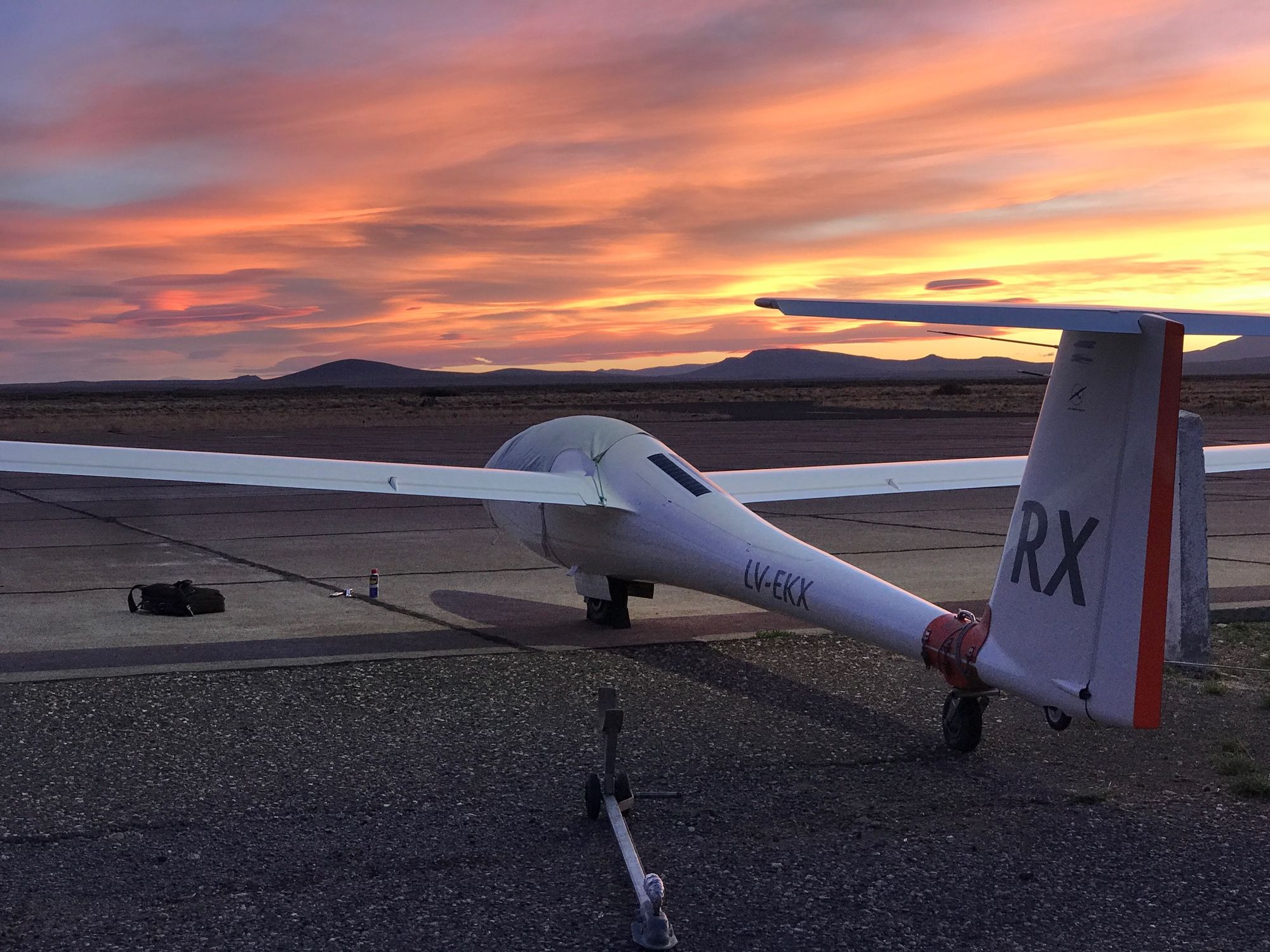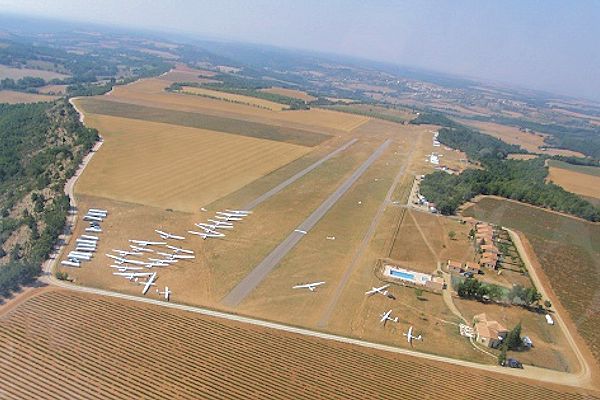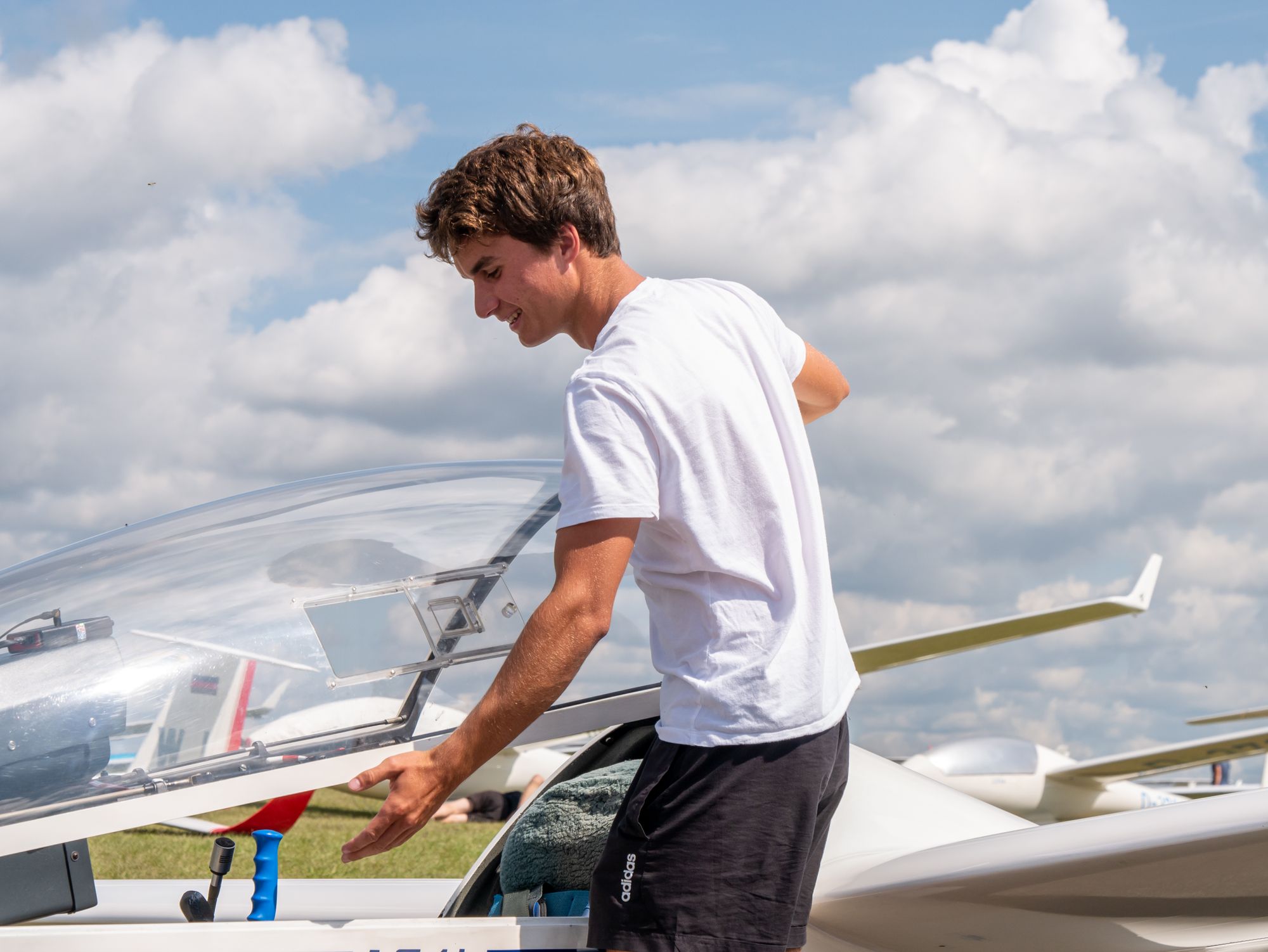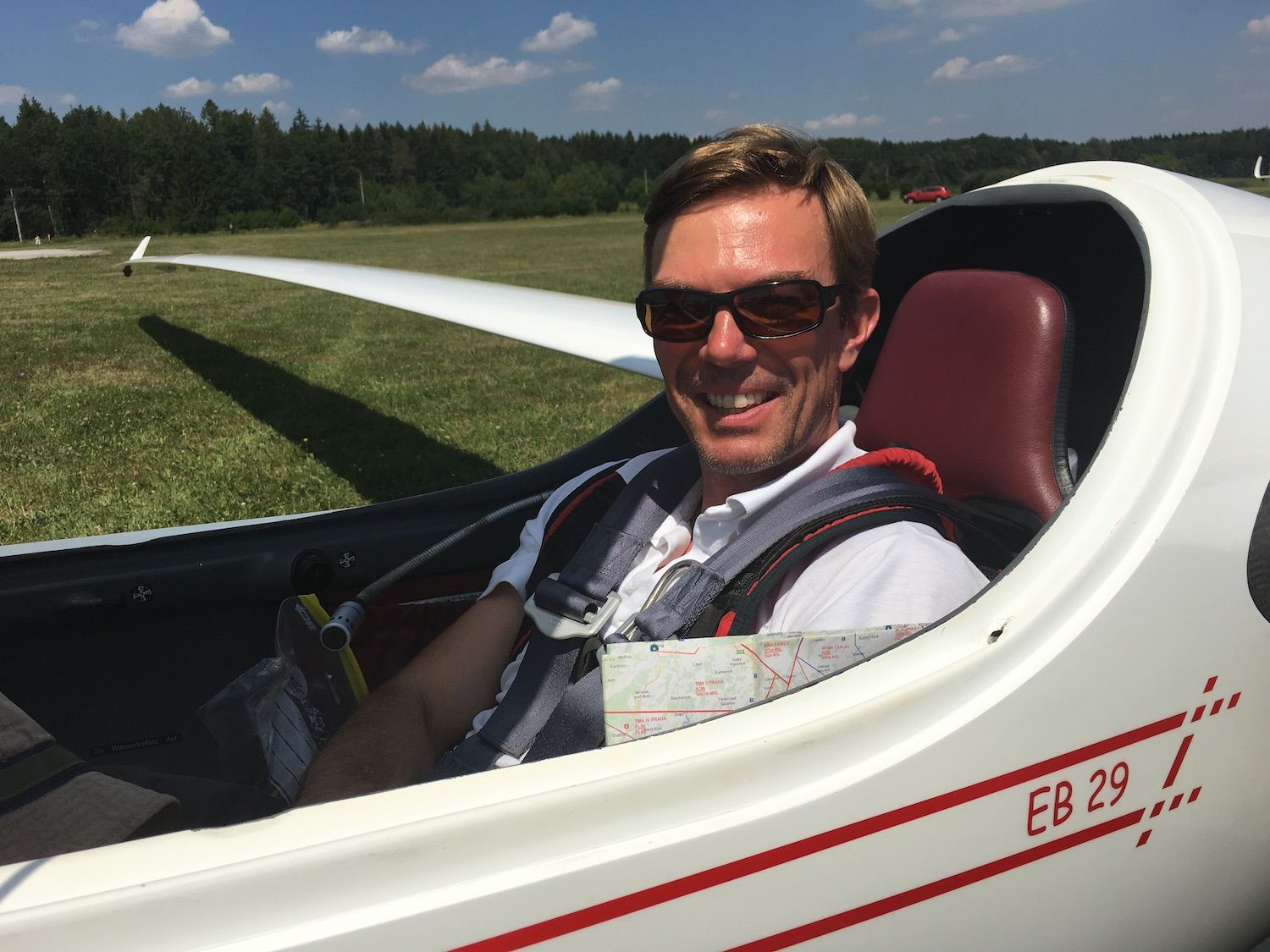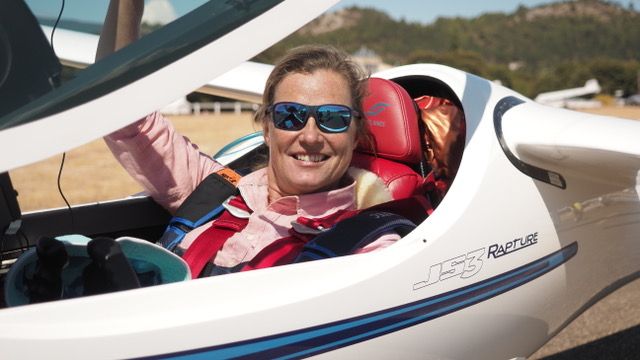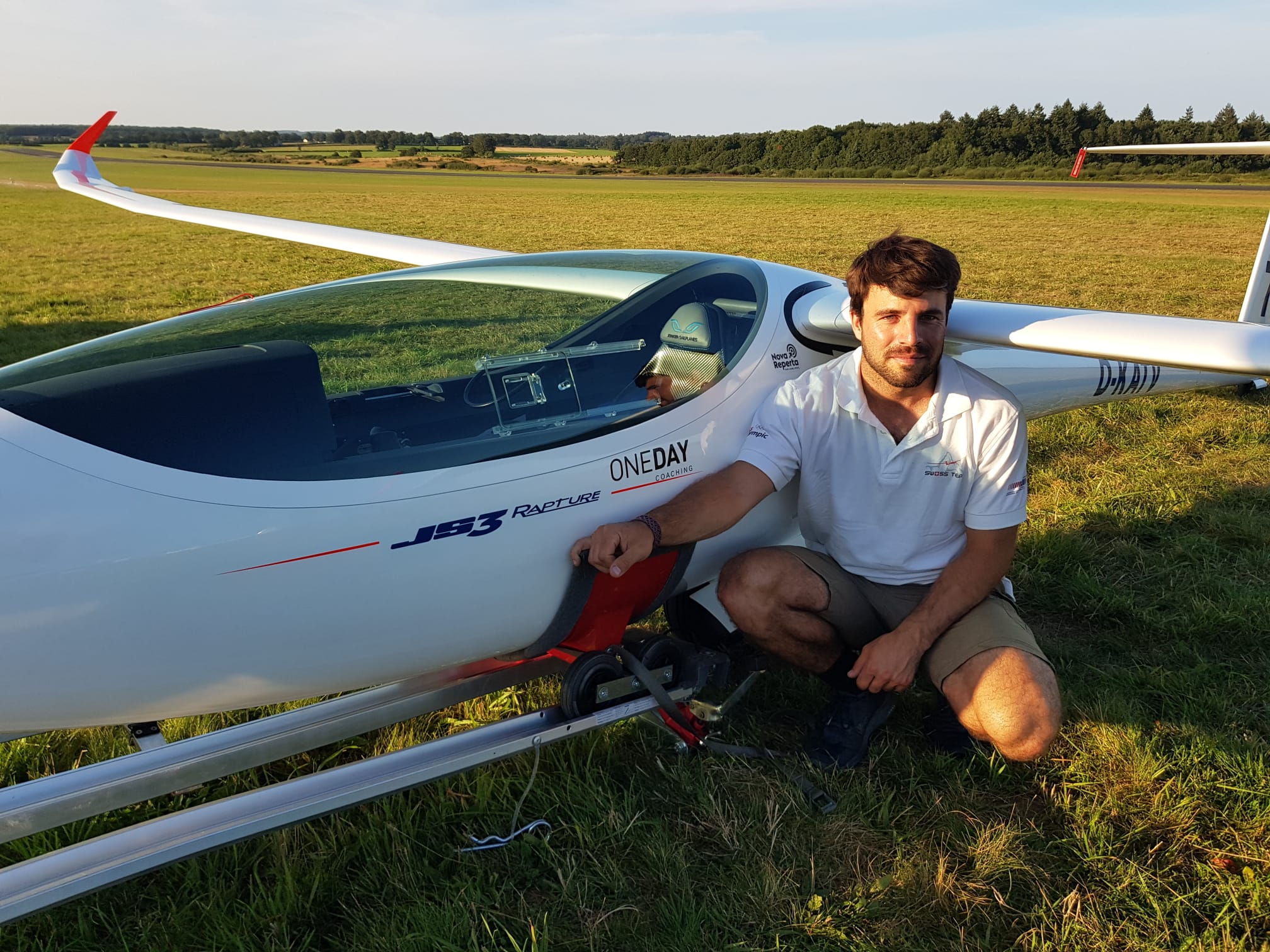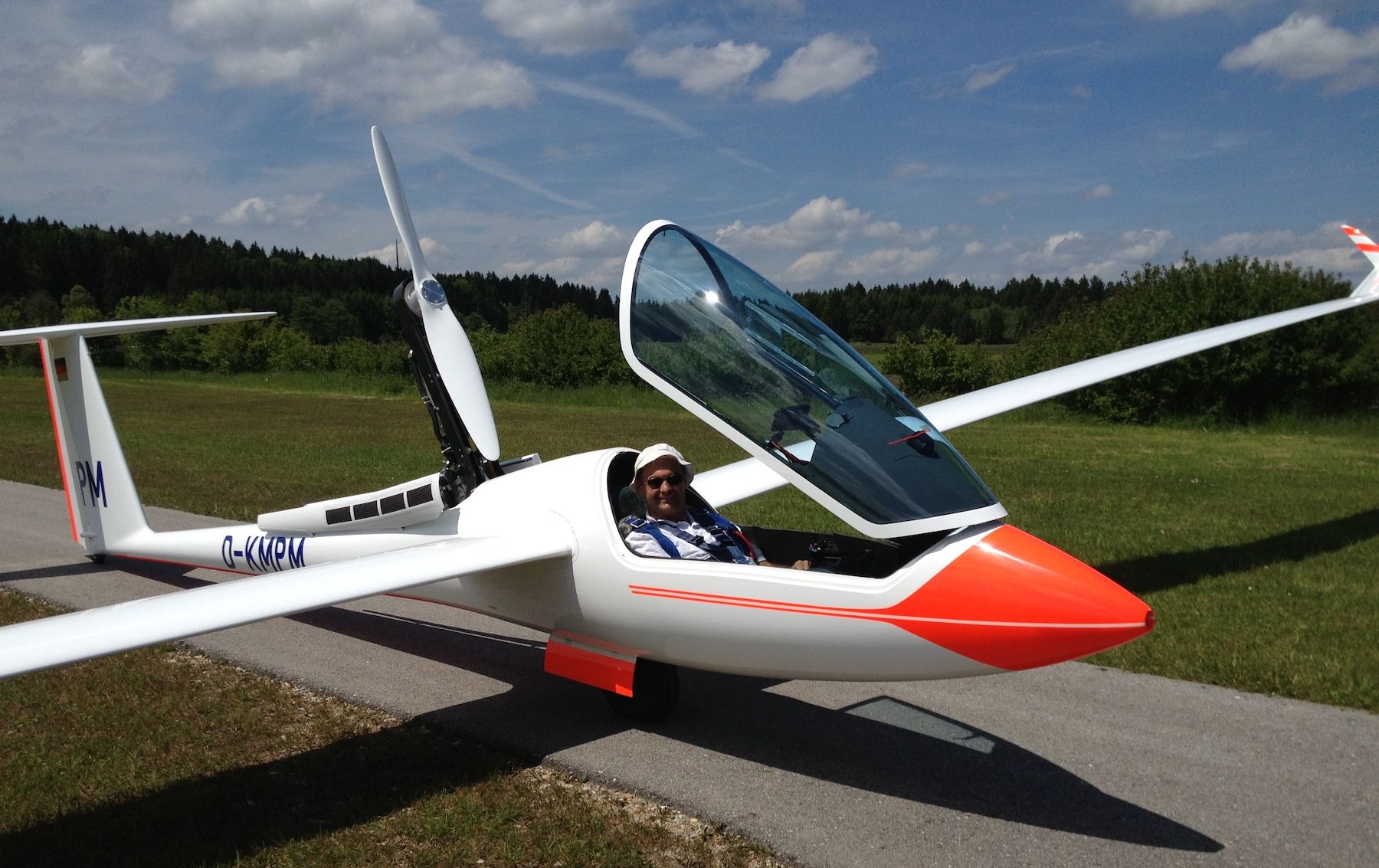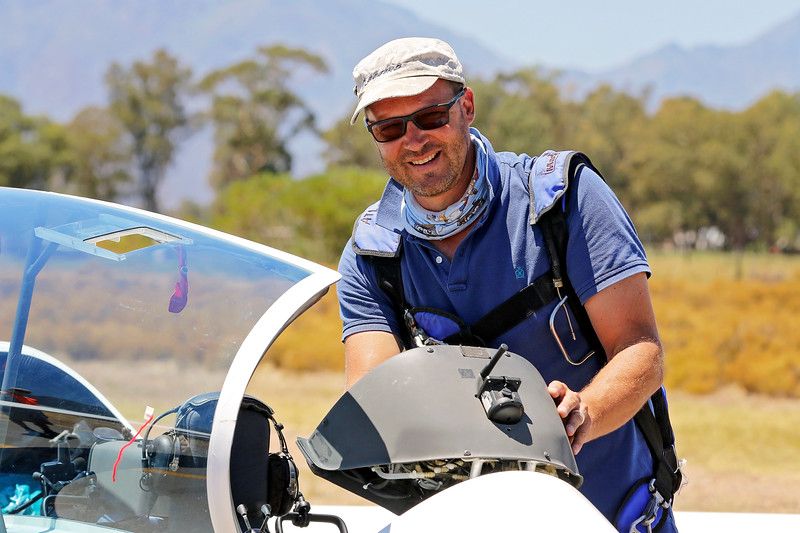Fastest Man on Earth by Glider
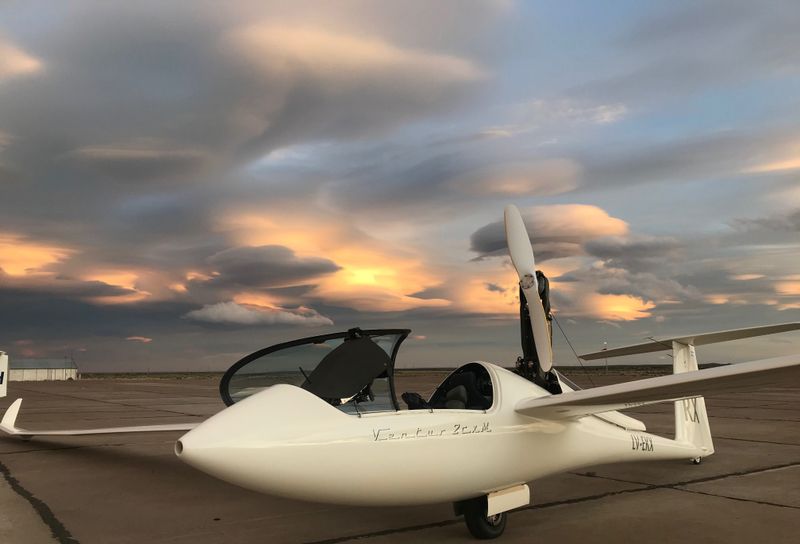
On the 8th of March 2022, Juan Pablo went out for a big one. In the end, he covered 1.774 km with a fantastic speed of 222 km/h. But as we will hear from him in the following interview, conditions weren't easy and much more would have been possible. Let's talk about the flight which made Juan the Speed Champion in 2022 and the effort it takes to fly in this unique area.
Hey Juan. Congratulations on your Achievement. How did you get into gliding?
I started flying in Rosario Gliding Club, Santa Fe at the age of 16. I was born into a flying family, and all of them fly motorized planes or gliders. In the year 1998, I debuted in the Argentine Nationals, and with some exceptions, I flew every year. I represented Argentina in club class in Rayskala WGC 2014 and Pociunai WGC 2016 flying a two-seater class. From 2011 to now, I fly as a Captain in the Aerolineas Argentinas Boeing 737 fleet.
We'd love to get some insights about flying in Argentina. In which area are most of the gliding activities?
Most of the clubs are on the plain and 90% of the pilots have never flown near a mountain. The infrastructure to fly in the plains is good, most of the clubs are in the provinces of Buenos Aires, Santa Fe, and Cordoba. Thermal conditions are nice, and in some places excellent.
That's interesting as the most popular flights in Argentina are done in the Mountains. When did you start flying in the Andes?
Back in 2008. I have flown several times in Chile, but always in two-seaters. I fly in the mountains solo since 2016 when I started flying motorized gliders. Flying the Andes is a blast, but I still have a lot to learn about how to manage this area.
What possibilities offer the Andes?
The options to fly the Andes are quite varied. There is a wave along the entire mountain range with the advantage that the mountains get lower to the south, so you can hook the wave with less height. In the months of spring to autumn, there are cold fronts every week. At this time it becomes a paradise to fly in waves! Usually, November and December are the most suitable for long flights, with 15 hours to fly and fortunately, it's not too cold! When there is no wave, the thermal conditions are excellent too, as the terrain south of Zapala to Ushuaia is mostly desert with appropriate vegetation.
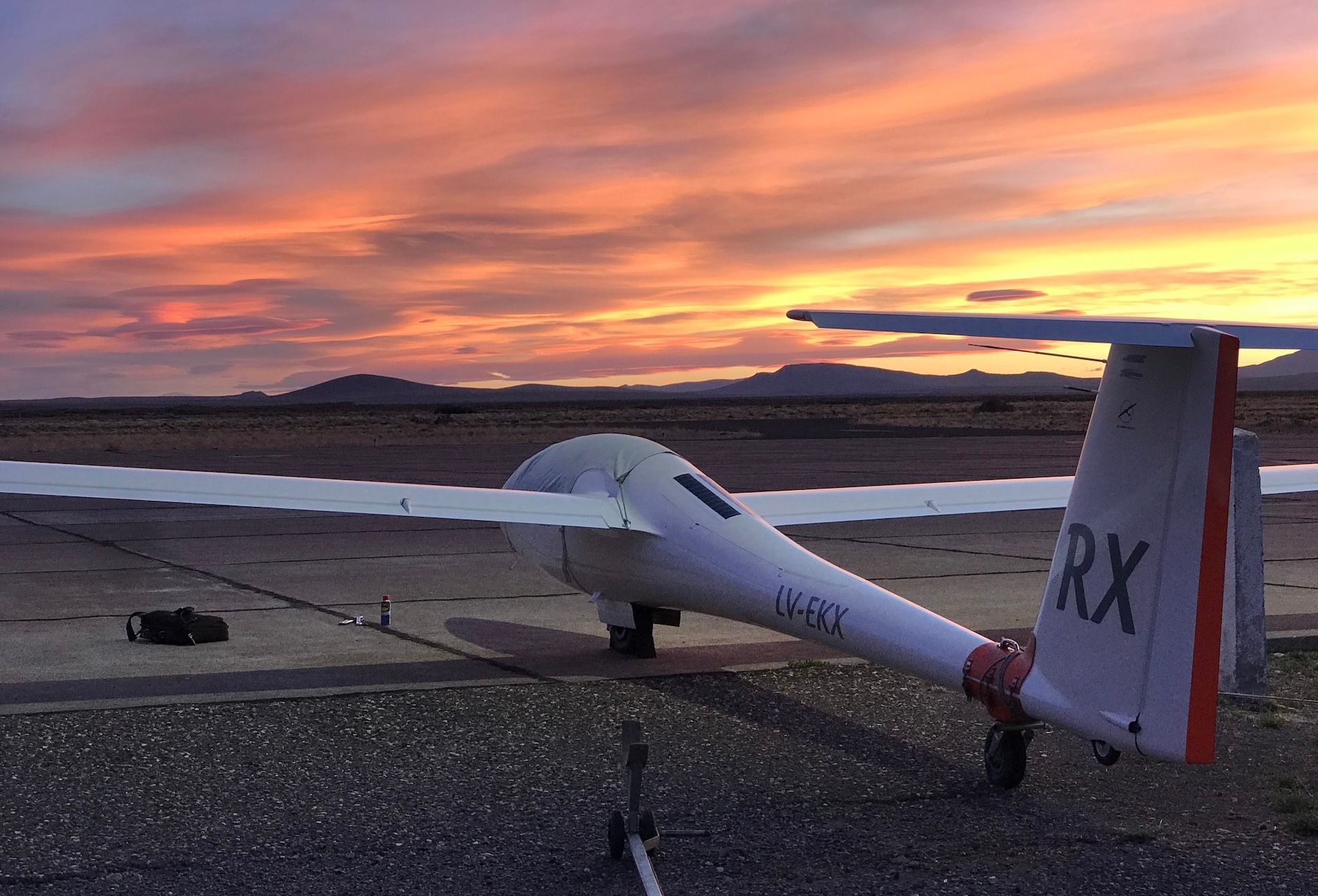
Is there a reason why fewer people fly there? What are the issues when flying in this area?
Patagonia is a hostile terrain with a hostile climate and with very few aerodromes. Unfortunately, these airfields are very poorly maintained, so the infrastructure is difficult. Zapala has a huge asphalt Runway. The environment is mostly plain, with the mountain range 40 km to the west. Besides Zapala, there are a few more aerodromes with gliding activity: San Jose de Jachal, San Juan, San Martín Mendoza, Chos Malal, and Bariloche. But in general, the alternatives to land in the vicinity are usually stretched parts of roads. There is no possibility of a landing without breaking the glider outside those emergency landings, which makes gliding quite strategic. I guess the poor infrastructure and the bad outlanding possibilities are the main reasons for the low gliding activity in the mountains. You have to be trained and prepared quite well!
Juan, how big is your logistical effort to fly out of Zapala? Do you live nearby?
That's a good point. The efforts flying out of Zapala are quite high for me, at the moment. I currently live in General Pacheco, on the outskirts of the city of Buenos Aires and the glider normally sleeps at the Zarate Glider Club, where I carry out most of my flight activity. From my home base, it's 1,350 km to Zapala. Overall, the conditions of the streets are okay, but only equipped with one lane on each side. Besides that, about 15% is in very poor condition. Half of the way is through the desert, and there are stretches of 200 km straight without towns or service stations. Summarized, this is no cakewalk!
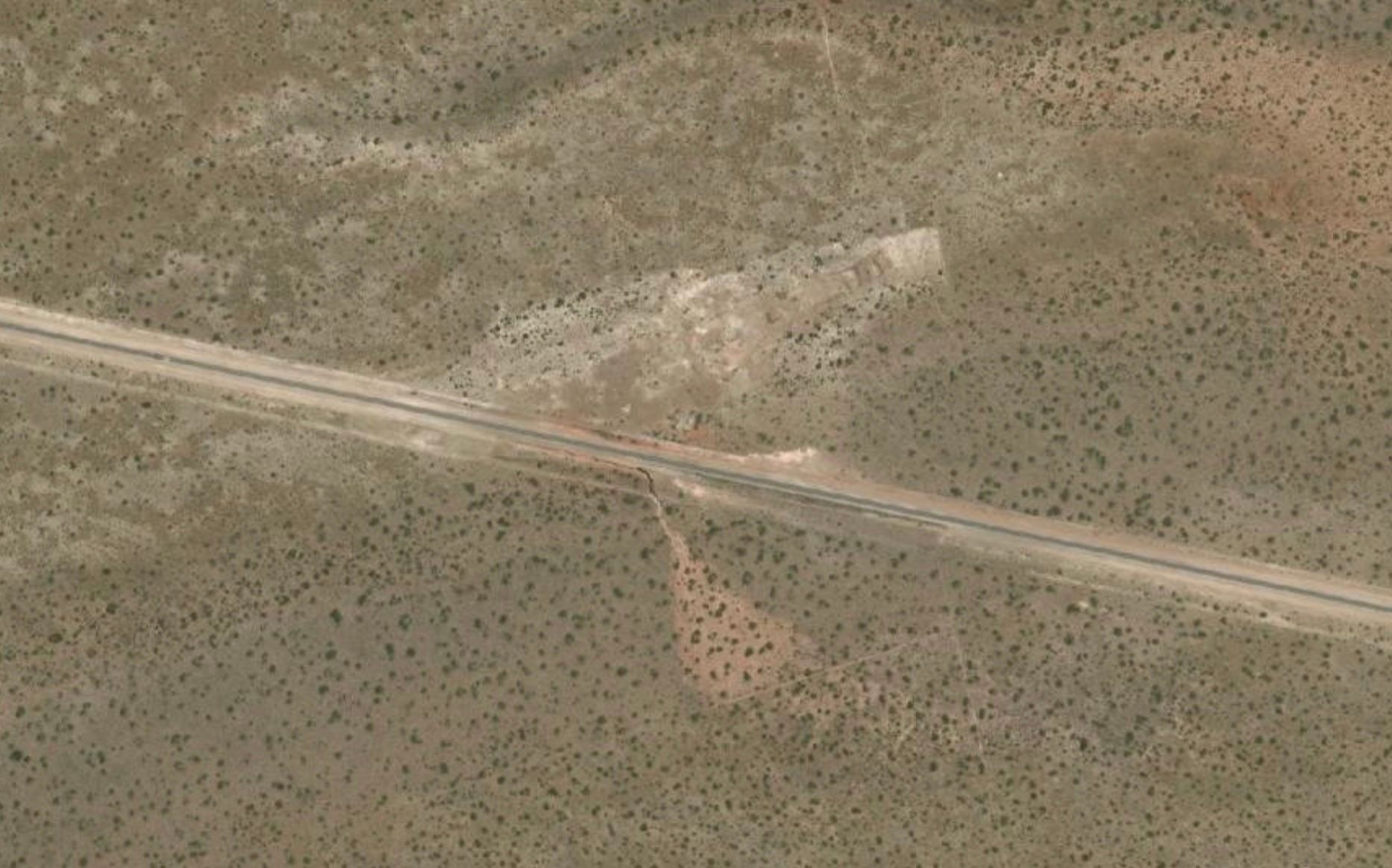
At the airport, there is a small hangar owned by the Aero Club Zapala. They are operating one Cessna 150 and one Cessna 182. Fortunately, the Club is very nice to us glider pilots, and they allow us to leave the oxygen equipment inside and provide us with fuel. It also has a small terminal for passengers, the office of the aerodrome chief, and an old control tower. But usually, the airport is closed.
How do you prepare yourself and your glider for such flights as on the 8th of March?
For this type of flight, the most important thing is the war against the cold. Warm feet, hands, and head are everything. Additionally, I lead a healthy life and practice yoga regularly. In terms of mental flight preparations, I try to imagine the flights before doing them. I also try to cover all unwanted occasions. But as every glider pilot knows, reality always exceeds our imagination, so it's always important to be focused during the flights to be able to detect future problems and solve them most conveniently.
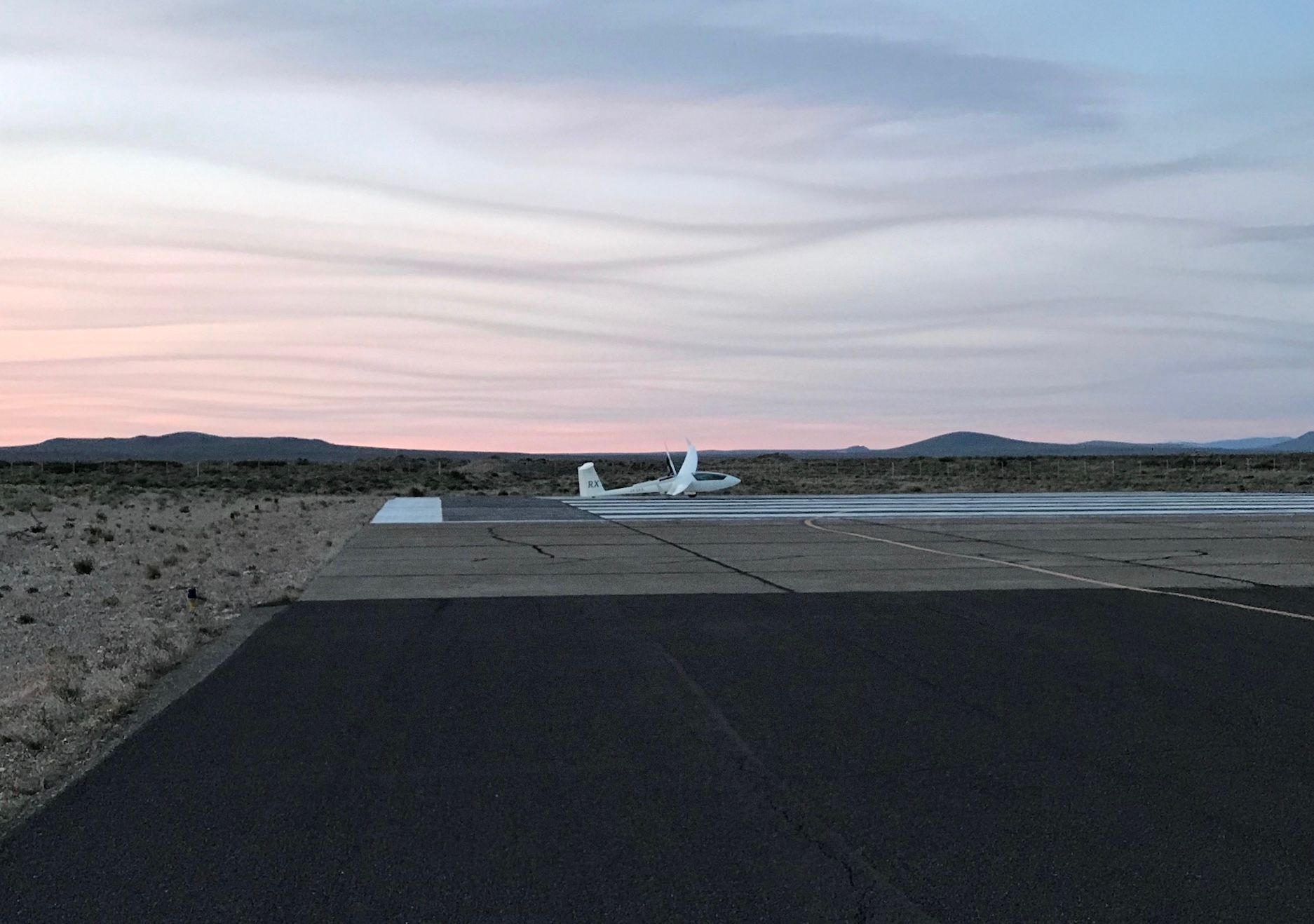
The Ventus 2cxM has an additional fuel tank in the wing. I don't use glycol water because I'm usually alone at the airport and with the wing on the ground it leaks through the vents. As you can imagine, it's hard to get a Crew for support to that hell of loneliness. The batteries are insulated to last a little longer, and I also have a solar panel on the engine covers.
Let's head over to your flight, on the 8th of March. What was the overall tactic for this flight?
As I'm still in my learning phase, the tactic is to learn how to fly faster and take advantage of the conditions in the best way. Of course, without putting my life at risk. I checked the forecasts frequently in the nights before and, as already mentioned, I prepared a mental image of my route. The Windy forecast predicted the best conditions from 10 a.m. to 8 p.m. The surface wind was going to remain at 100 km/h, so I planned to take off before 10 a.m. and land after 8 p.m.
Your first climb looks quite weak and entering the wave system seemed to be difficult. Did you expect this before starting?
You're right, the first climb was weak. Maybe I should have used the engine a little longer or flown toward the primary wave. Once I am sure that I get access to the mountain wave, I turn off the engine to have more fuel in case of contingency. It is always a challenge, indeed. It's rare, that the forecast exactly coincides with the wave at low altitude, so you have to be careful.
What a Challenge, you flew almost two hours before the first leg started down south.
I didn't feel comfortable with the height and wind at the beginning of the flight. I looked for the wave in a foen gap, but this turned out not to work at all. That's why I set course with the tail to the wind to find the climb.
On your first leg, you flew a bit more westerly. You got quite low, and you had to return to get a climb. How did this situation happen? Our feature Landing Opportunities over you Loncopue. Would this have been your only option if the climb had not worked?
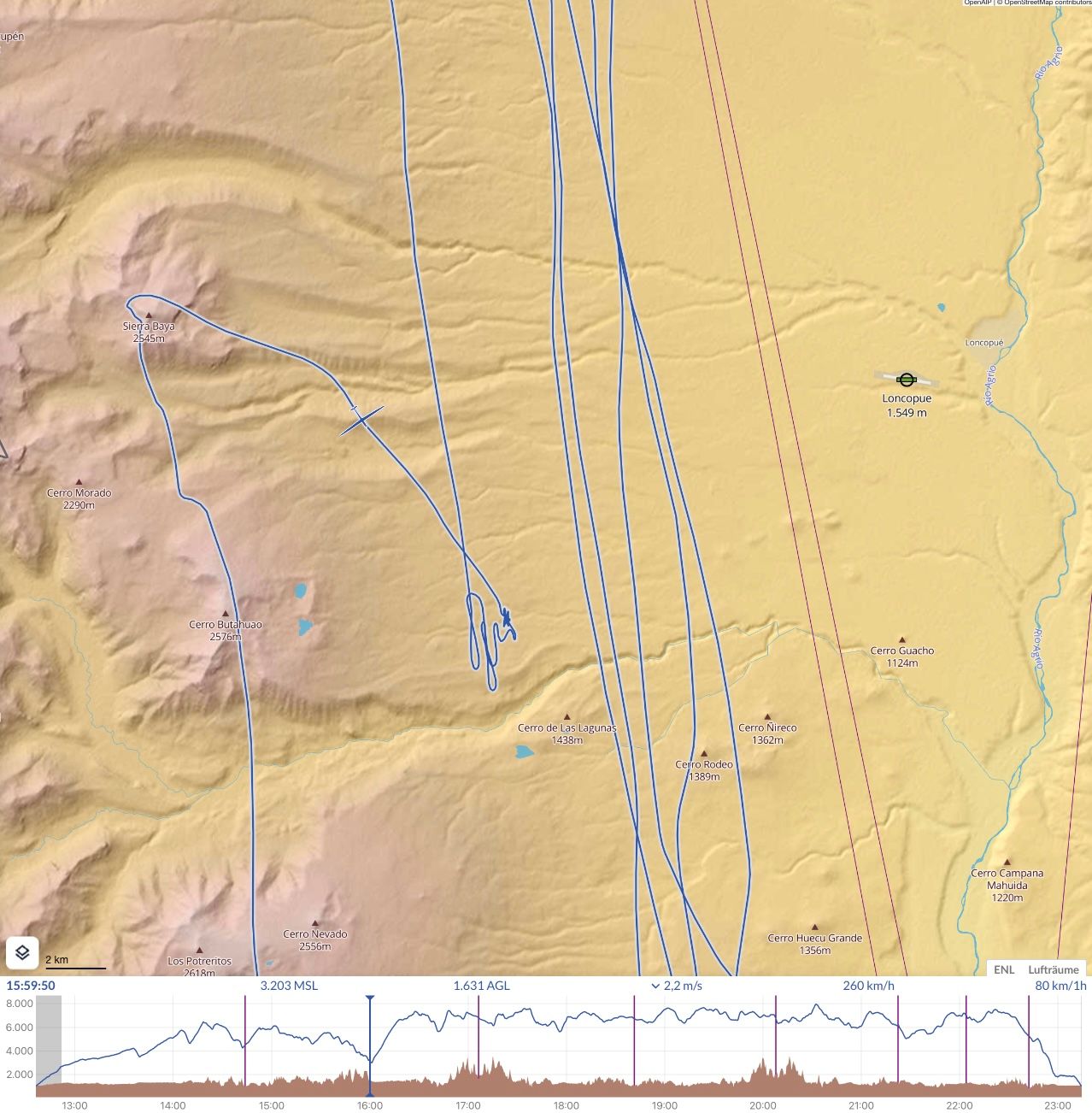
On the first leg to the north, everything seemed to be fine until the same mistake happened as I did previously in the south. Indeed, my alternate would have been Loncopue airport and with Las Lajas airport I had another option to the south. The forecast for that area was very good I flew to the wrong place.
What would have been possible without these struggles in the first part of the flight?
Maybe I could have done about 400 km more if I hadn't lost so much time at the start.
The north seemed to be completely dry. Besides Skysight, were there any signs of the rising airmass?
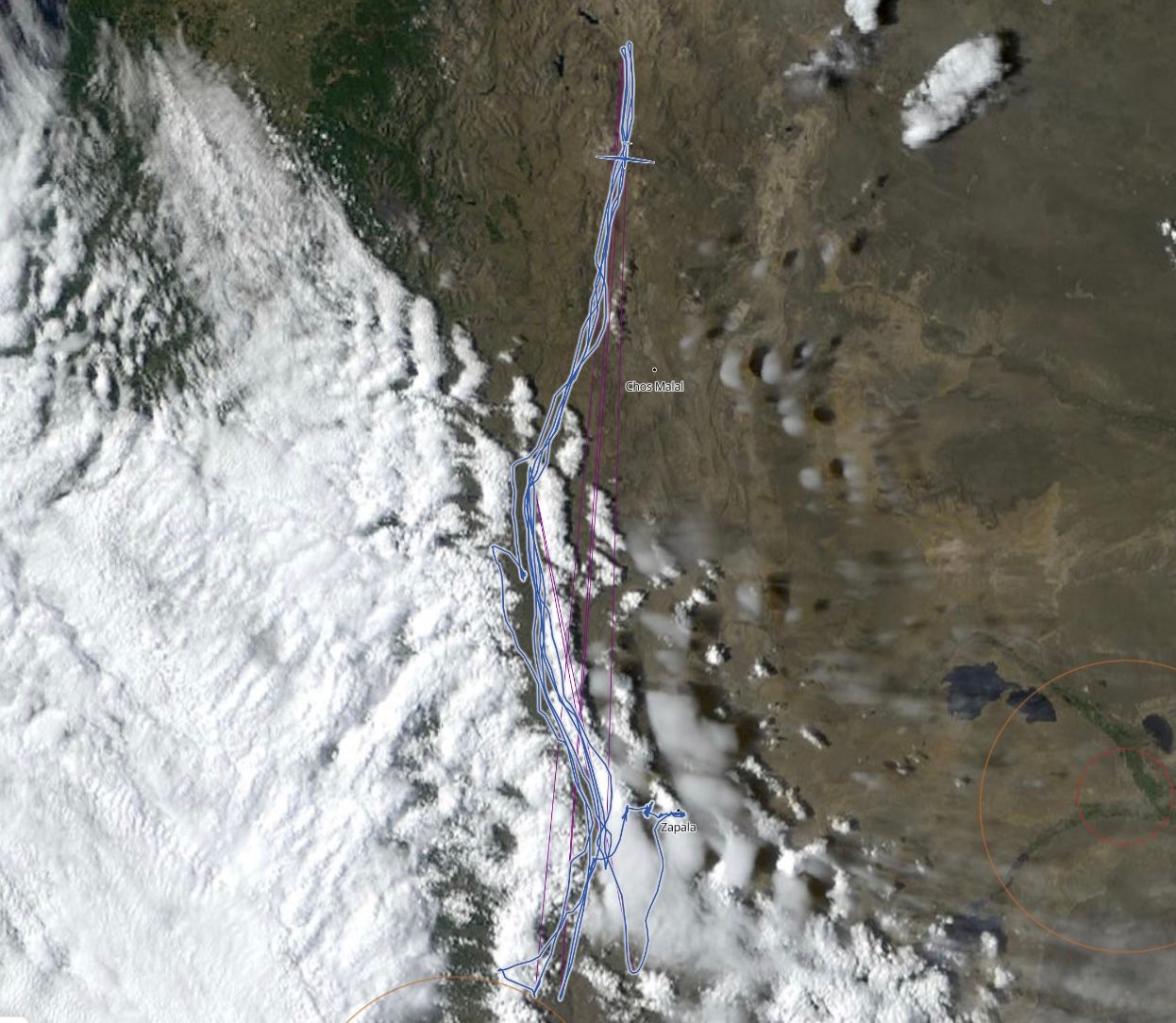
From the Domuyo Volcano to the north, it was blue. The only indication that the wave had been still there was the dust raised by the wind and the Skysight-Layer in my old Oudie. I'm going to miss the Oudie. Some time ago, I upgraded to the LX9000 and the forecast cannot be loaded without an Internet connection. I hope that the friends of LX make the option of loading the forecast via SD card a reality!
What were your thoughts after the turning point up in the north? Weaker conditions, undefined terrain?
I didn't go further north because the forecast indicated that there was no wave anymore. In addition, I never had been this far to the north, so I returned by the same track. But it should be mentioned that the terrain in this area is quite impressive, totally desolate, and with very high mountains.
What are your learnings about wave flying in this area after this adventure?
The first time in Zapala was with my previous Ventus ct in 2017. A friend towed me by car, equipped with a 300-meter rope. Afterward, I continued with the turbo, clearly an experience not to repeat! In 2018, I went to Chos Malal, where the Centro Nacional de Vuelo en Montaña has a tug plane available. This had been a much better experience. Finally, in 2019, I switched to the Ventus 2cxM. The same year I visited Zapala again and met Klaus Ohlman, Johannes Koenig, Thomas Hortz, and Dieter Memmert. By flying with them, I learned a lot in a very short time. In addition, we stayed at the same accommodation. The dinners and the technical talks with all my German friends helped me to have a better understanding of how to fly here. My sincere thanks to them!
In your opinion, what is the perfect glider for this kind of flight?
Several factors must be taken into account. Unprepared runways, possible landings on routes, fuel autonomy, batteries, oxygen, food, and room in the cockpit are the most important in my opinion. A two-seater is more convenient since the flight is more relaxed if the two pilots are on the same page. I think that the most appropriate one is the Stemme. Finally, it would be nice if it had better performance at high speeds, maybe with a new wing and a tail with less resistance.
Juan, this was quite interesting. What are your plans for gliding?
I plan to explore new flight areas in Argentina. It's a very large country with excellent conditions for gliding, and the goal is to enjoy the flight and landscapes together with my flying friends.
